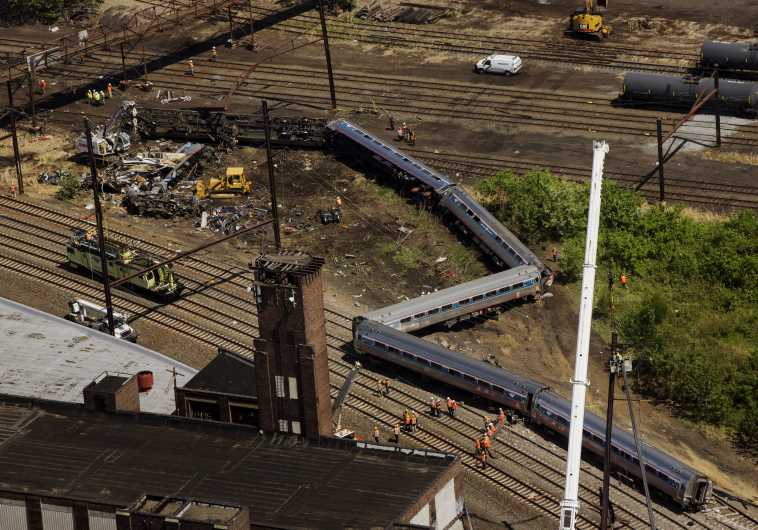Seven killed, 200 wounded in Amtrak wreck that was moving at twice speed limit
brakes managed to only slightly slow the train from 106 mph to 102 mph in the few seconds before the locomotive and all seven passenger cars derailed.
 Emergency workers and Amtrak personnel inspect a derailed Amtrak train in Philadelphia, Pennsylvania
Emergency workers and Amtrak personnel inspect a derailed Amtrak train in Philadelphia, Pennsylvania